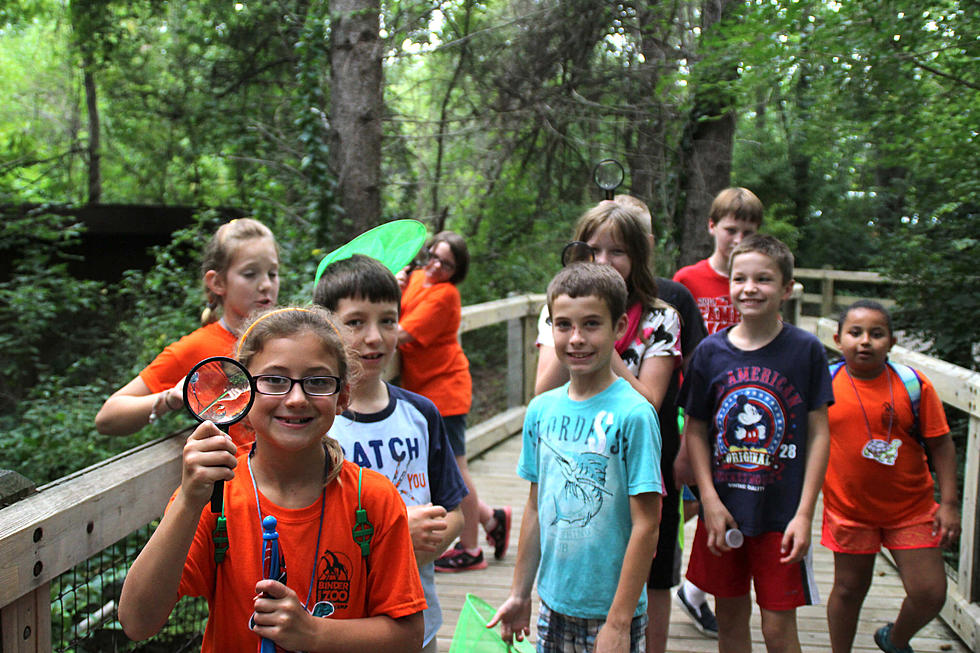
Binder Park Zoo To Remove Oak Wilt Disease From Trees
According to the press release, Binder Park Zoo is working to maintain and combat an invasive disease that currently affects some of the Zoo’s oak trees.
The disease is called oak wilt and is found throughout the Midwest including parts of Michigan. Currently, the disease has affected 50 trees found in the 433 acre zoo. While some removal and prevention efforts have already occurred, additional removal is set to happen later this fall. The costly removal process requires several steps to prevent further spread of the disease. Thanks to a generous grant by the Marshall Community Foundation, some of the costs of this ongoing project will now be funded by the Zoo’s community partner.
Oak wilt is a fungal disease caused by the Ceratocystis fagacearum fungus that predominately affects members of the red oak family. However, all species of oak are susceptible, making this disease a great threat to oak found here in the U.S. To date, it is found in 21 states with most damage found in the Midwest. The origin of the disease is not well understood, although some theorize it came from Central or South America or Mexico. What is well understood is how this disease spreads from one tree to another.
Oak wilt is a vascular disease, meaning it grows in the outermost xylem; the vascular system of the plant responsible for transporting water throughout the tree. When a tree is wounded it’s left vulnerable to the fungus, which is transferred by bark beetles. Once a tree is infected, the fungus continues to spread and prevent the xylem from doing its job—transporting water. Once the tree is fully infected the disease also can be transmitted through the root grafts, where the roots of neighboring trees of the same species overlap underground. This is the most common way of transport.
Once the trees are removed all exposed parts of the trees must be destroyed to prevent further spread of the disease. This process entails stripping the tree and then destroying the bark and branches by chipping (which prevents fungal mats from forming), burning or burying. The root grafts of an infected tree also are destroyed by pulling the stumps or digging a 4’ deep trench around the infected tree to prevent spread. The wood, once removed of its outer shell, will still be useable lumber as the disease affects only the outer portion of the tree.
The Zoo currently is working with forester Bill Botti, Executive Director at Michigan Forest Association, to manage and stop the spread of the disease. Once the trees are removed, the Zoo will work to control the spread of the disease by continuing to survey the property and remove 1-2 trees a year as needed.
“This disease has no known cure, but we can work together to control its spread,” states Hayley Hanway, Binder Park Zoo Lead Horticulturalist. “First it’s important to educate yourself in understanding what the disease looks like in order to properly identify it and seek professional help as soon as any trees are infected. For land owners, it’s important to withhold from pruning oak trees from April to July to prevent wounds from forming in the trees where beetles will enter and spread the disease.”
For more information on Oak Wilt visit http://www.michigan.gov/som/0,4669,7-192-29938_34758-352413--,00.html and http://michigansaf.org/ForestInfo/Health/E2764-OakWilt.pdf
More From 107.7 WRKR-FM









